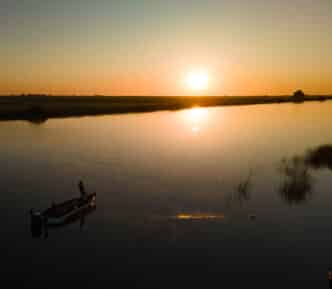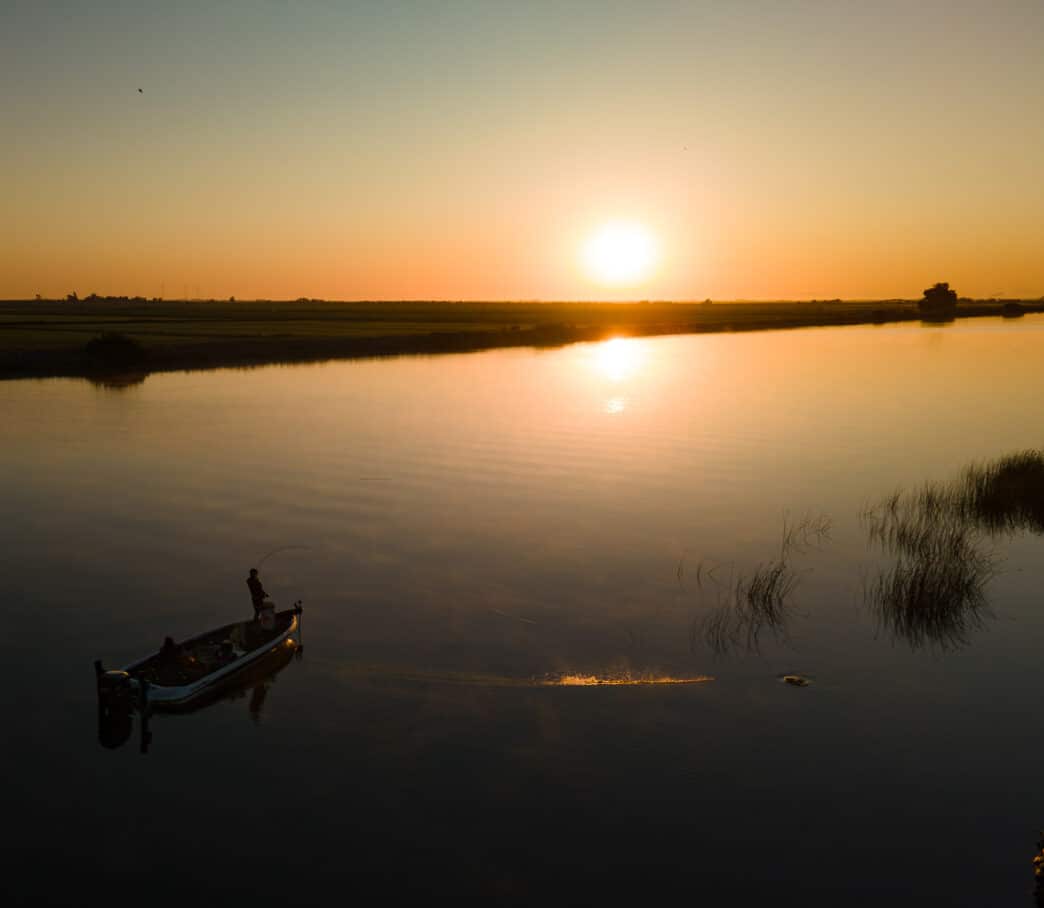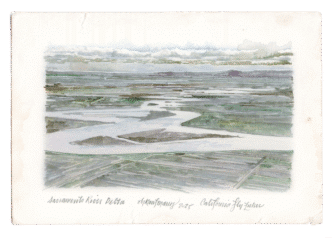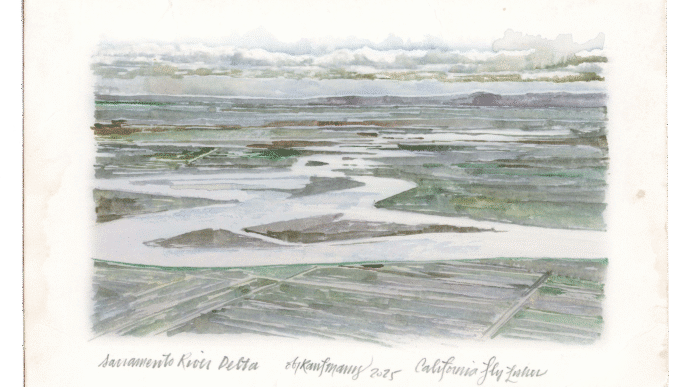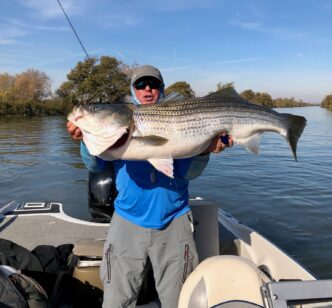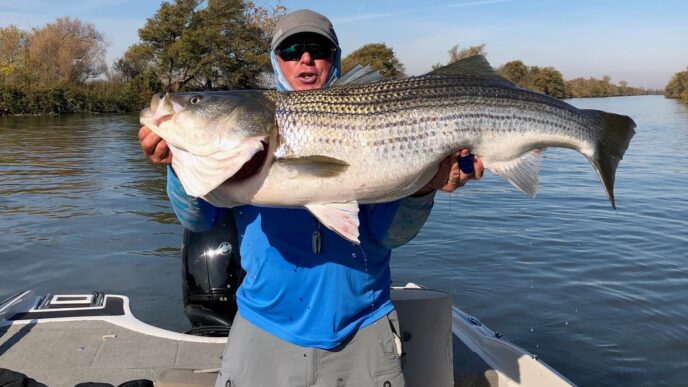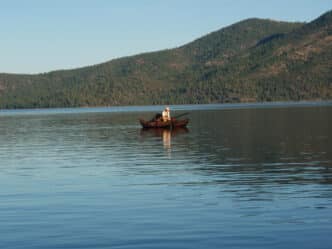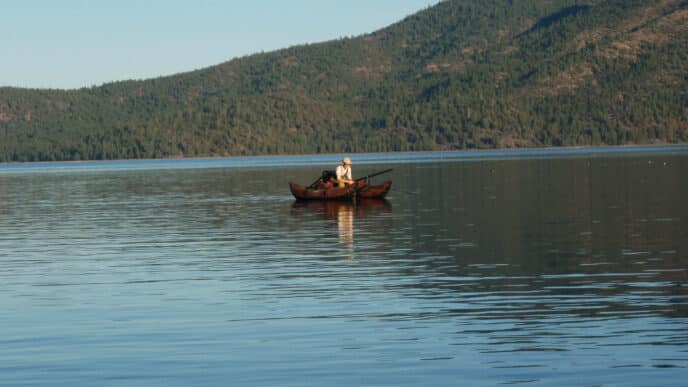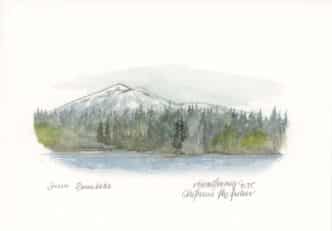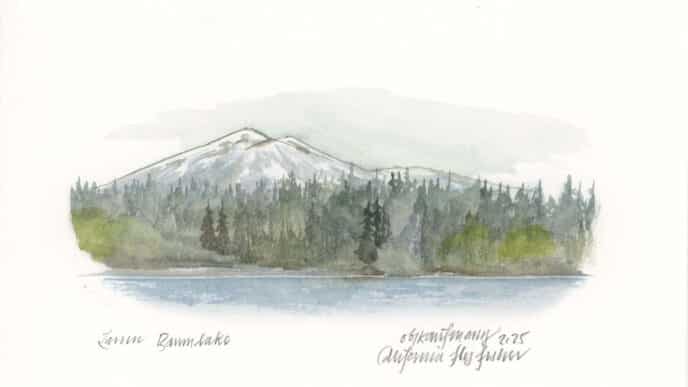Angling for Stripers
My outboard engine roared up the South Mokelumne River, passing numerous high-percentage fishing spots and other eager anglers along the way. My clients, Jeff and Garrett, enthusiastically asked where we were headed, and I gave them a nonchalant answer.
With over 55 man-made islands, most of the California Delta was dredged back in the late 1800s and early 1900s to create farmland and prevent flooding. Covering more than 735,000 acres, it is larger than the state of Rhode Island and is home to an abundance of wildlife. Mammals such as beavers, river otters, coyotes, foxes, raccoons, and even blacktail deer thrive in this nutrient-rich habitat, while bald eagles, osprey, hawks, falcons, great horned owls, herons, egrets, and numerous other shorebirds can be found along the numerous levees and tree-lined banks. One of the most magnificent sightings occurs during the fall months of the California Delta, when millions of ducks, geese, swans, and sandhill cranes use the Pacific Flyway to descend and winter over in the Sacramento and San Joaquin Valleys.
Native king salmon and Pacific steelhead have used the estuary for millions of years to navigate from the rivers in which they were born, and then travel out to the Pacific Ocean, only to return to their birth rivers, completing their life cycle. White and green sturgeon are also native to the Delta, as well as a host of other non-gamefish, such as the Sacramento splittail, the Sacramento pike minnow, and the Sacramento blackfish.
The California Delta is also home to other gamefish introduced over the past 146 years, including stripers, largemouth, smallmouth, and spotted bass, bluegill, redear sunfish, black and white crappie, channel catfish, carp, and even the American shad. The first stripers to reach the West Coast were a small batch of fish from the Navesink River in New Jersey that traveled by railcar across the country and were dumped into San Pablo Bay in 1879. Only 134 of the 3- to 4-inch fish survived the journey, and out of that original stocking, an incredible fishery emerged.
It would be an understatement to say that fly fishing for striped bass in the Delta consumes me. Ever since I caught my first five-pound specimen from Discovery Bay back in 1996, I’ve been mesmerized by these amazing predatory fish. I wrote a book about them, and I guide for them over 225 days of the year. After 30 years of hunting them in the Delta, I never tire of having a stubborn striper—or linesider—tugging at the end of my fly rod.
GEARING UP FOR DELTA STRIPERS
The California Delta has undergone significant changes over the last four decades, but one thing that remains true is that it still offers the fly fisher some amazing angling opportunities. When I target stripers in the Delta, I prefer to use 9-foot, fast-to medium-action fly rods, in 8- and 9-weight line sizes. When casting large surface flies in the 7-to-10-inch range, I will sometimes go up to a 10-weight rod, and consequently, I will drop down to a lighter, 7-weight rod when my clients and I are casting smaller flies or chasing smaller fish. Saltwater-style fly rods with larger stripping guides and fighting butts tend to work the best as they allow less friction when casting heavier lines, and they make it easier for playing and landing fish. Attached to the rod, I like to use large arbor reels capable of holding at least 150 yards of backing. Striped bass in the Delta can potentially reach weights approaching 50 pounds, so having the right gear is essential for a successful day of fishing. Over the last four decades, my clients and I have noticed that striped bass in the California Delta are fighting much harder than they did 30, 20, and even ten years ago. In fact, just this past July, my clients and I were taken into our backing an amazing 15 times, by fish weighing between seven and 14 pounds. I have witnessed on numerous occasions hooked stripers acting like a runaway freight train, taking well over 100 yards of line out in a single run. Reels with smooth drags and quick line retrieval will help you land these trophy fish.
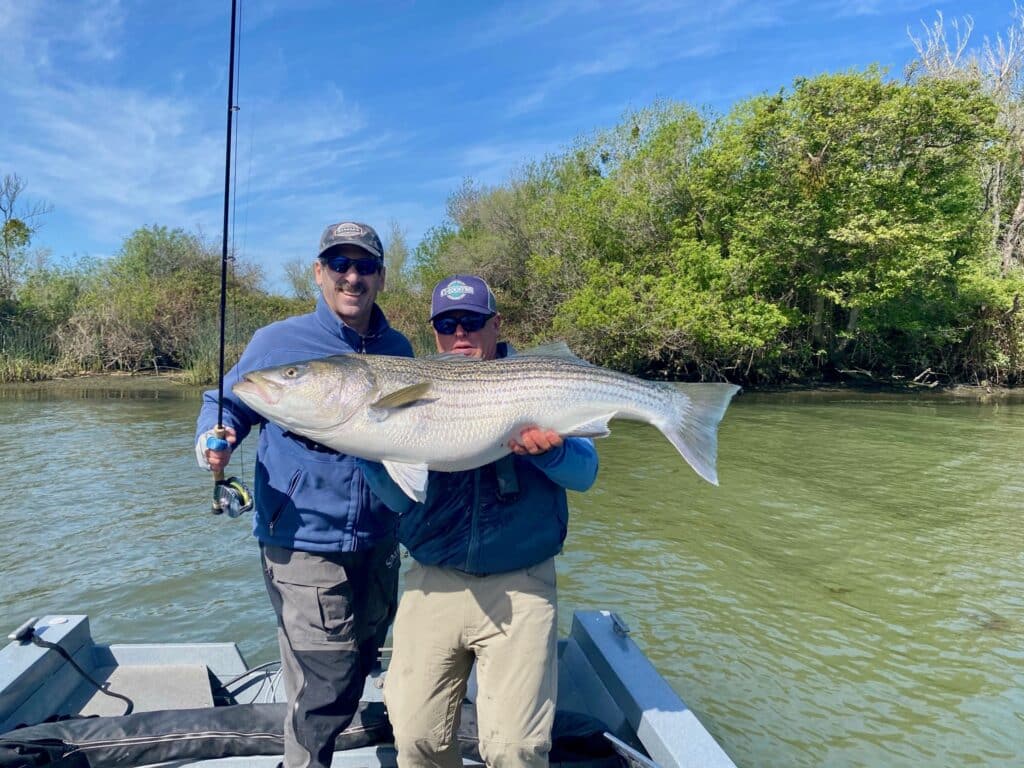
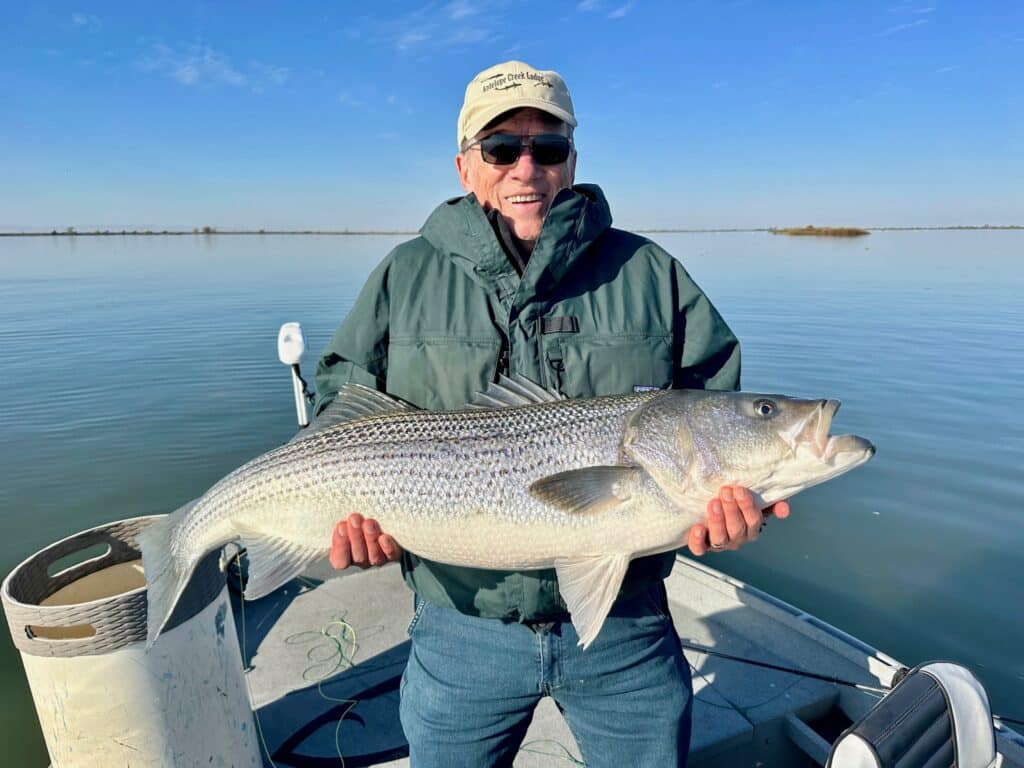
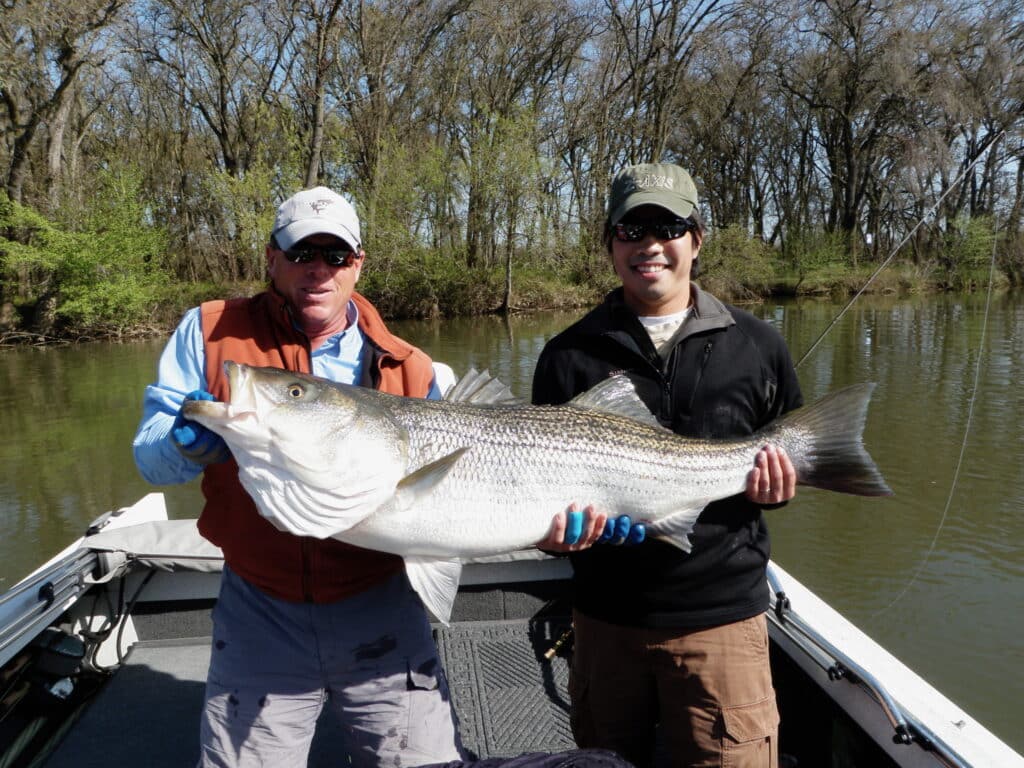
Selecting the right fly line for fishing the Delta is just as important as the rod and reel. I like to use four different lines when fly fishing for stripers in the Delta. Over the course of the year, the line I fish the most would be an integrated sinking line with a sink rate between six and nine inches. Most of these types of lines have an intermediate running line with the shooting head part of the line measuring around 30 feet long or shorter. Anglers can purchase sinking lines matching the specific weight of a fly rod or one that they can custom cut to match the weight of the rod. I primarily use custom-cut lines that use a tungsten shooting head with a sink rate of seven inches per second. For an 8-weight rod, I cut the shooting head to 27 feet in length, and for my 9-weight fly rods, I cut it down to 28 feet.
Over the last 10 years, my favorite line to fish is a sink-tip with a floating running line, an intermediate “belly,” and a short type-six sinking tip. Known as the Streamer Max Short, this Airflo line is a must-have when targeting stripers in water depths of three to eight feet. This line has completely changed the game for me and my customers, resulting in numerous double-digit linesiders.
When hunting stripers in shallow water depths of three feet or less, I use either a type-3 sinking line or an intermediate sinking line. These two lines have very slow sink rates, allowing the angler to fish in shallow water or over weed beds without having to strip the fly extremely fast. When I’m fishing these lines, I often witness feeding stripers tailing, waking, or mudding, producing some amazing trophy fish in just inches of water.
Catching striped bass on topwater is one of the most astonishing experiences an angler can experience. Whether it’s a lone, single fish exploding on the surface or a school of ravenous stripers eating everything in sight, catching one on top is an experience an angler will never forget. I like to use floating fly lines that are overlined by two-line weights, making it easier to load the not-so-aerodynamic surface flies.
The leader systems I prefer for my sinking lines are between 6 and 7 feet long. I typically attach a 40-pound butt section to the line and then use a blood knot to secure my 20-pound terminal tippet. I prefer to use monofilament over fluorocarbon because it provides more stretch in the leader material, which is critical when a large striper attacks a fly close to the boat. When fishing floating lines and surface flies, I will often lengthen my leaders from eight to nine feet. Delta water visibility varies depending on tidal flow, upstream river flows, wind, rain, and boat traffic, with clarity ranging from six inches to eight feet in the best conditions; so, fluorocarbon leader material is often not necessary.
Stripers feed on a variety of baitfish and crustaceans in the Delta, and their diet has changed over the last several decades. When I first started fishing the Delta, the primary food source for linesiders was the threadfin shad. Ranging in size from two inches up to eight inches long, threadfin were introduced into the California Delta sometime in the 1950s. Fly patterns such as the flashtail-clouser and Dan Blanton’s Flashtail Whistler Fly have been the most widely used patterns since I started fishing the Delta back in 1996. Chartreuse over white, grey over white, olive over white, and black over chartreuse have been my favorite color choices over the years, but that has recently changed. As threadfin shad numbers have declined in the Delta, striped bass have had to adapt to different food sources. Crawdads, or crayfish, are found throughout the Delta waterways, and in my opinion, they have become the most important food source for Delta stripers. Striped bass also like to target Sacramento splittail, bluegill, and other juvenile fish, leading me to use more subtle brown-colored flies.
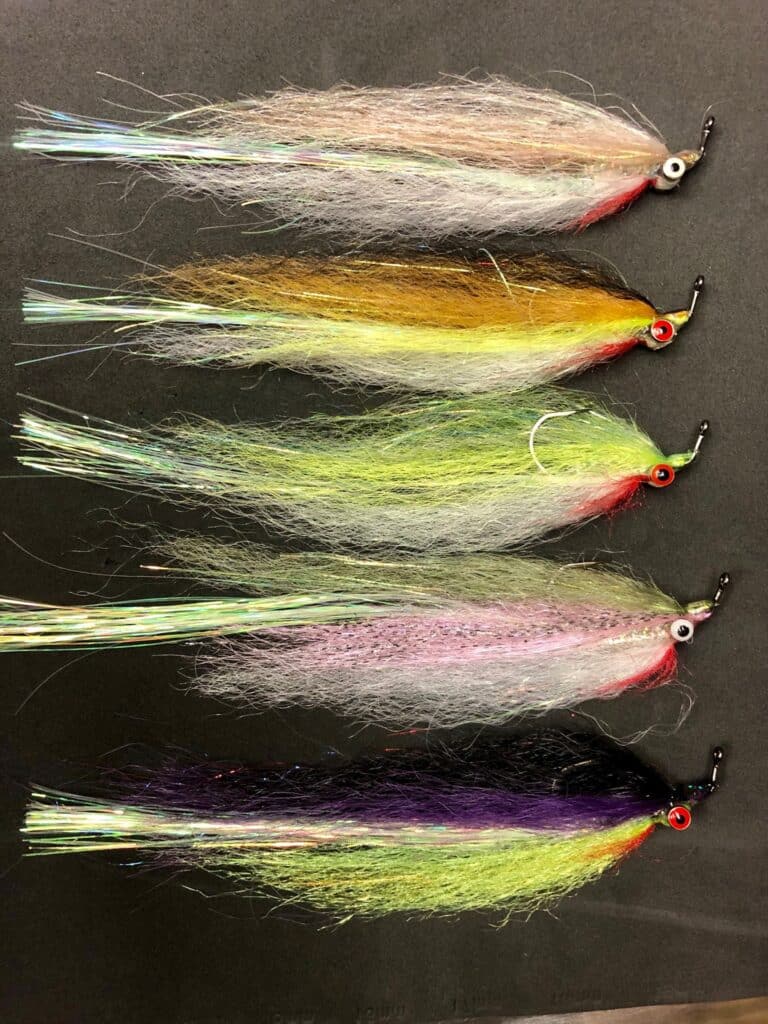
One fly that stands out every day I’m on the water is Steve Adachi’s Flashtail Rattle Clouser, tied in a surf brown color. Stripers have one of the most sensitive lateral lines of almost any fish, allowing them to pick up vibrations in the murkiest water and to hunt at night. It is because of this unique characteristic that I fish rattles in my flies 95 percent of the time, and I am convinced it helps me catch more trophy fish. For topwater fishing, my favorite flies are the Crease Fly, the Gurgler, and the Bubble Back. When attempting to entice big stripers on top, my number one choice is Charlie Bisherat’s Pole Dancer. Waking back and forth, it often resembles a confused or wounded baitfish that will bring a striped bass to the surface even when nothing is feeding on top.
The fly is just one part of the equation when it comes to catching stripers in the California Delta. Time and time again, I have had two anglers fishing the exact same equipment and flies, and one has considerably more success than the other. I constantly remind my clients to vary their fly retrieve, essentially having it resemble a wounded baitfish. This is a game-changer for enticing Delta stripers. Once my fly has reached the desired depth I would like to fish, I begin my retrieve. I prefer one to three strips of the line, anywhere from six inches to two feet, followed by pauses that let the fly flutter back down. Delta Stripers will routinely inhale the fly during the drop, often mistaking it for a fleeing crayfish, so a quick hook set is imperative.
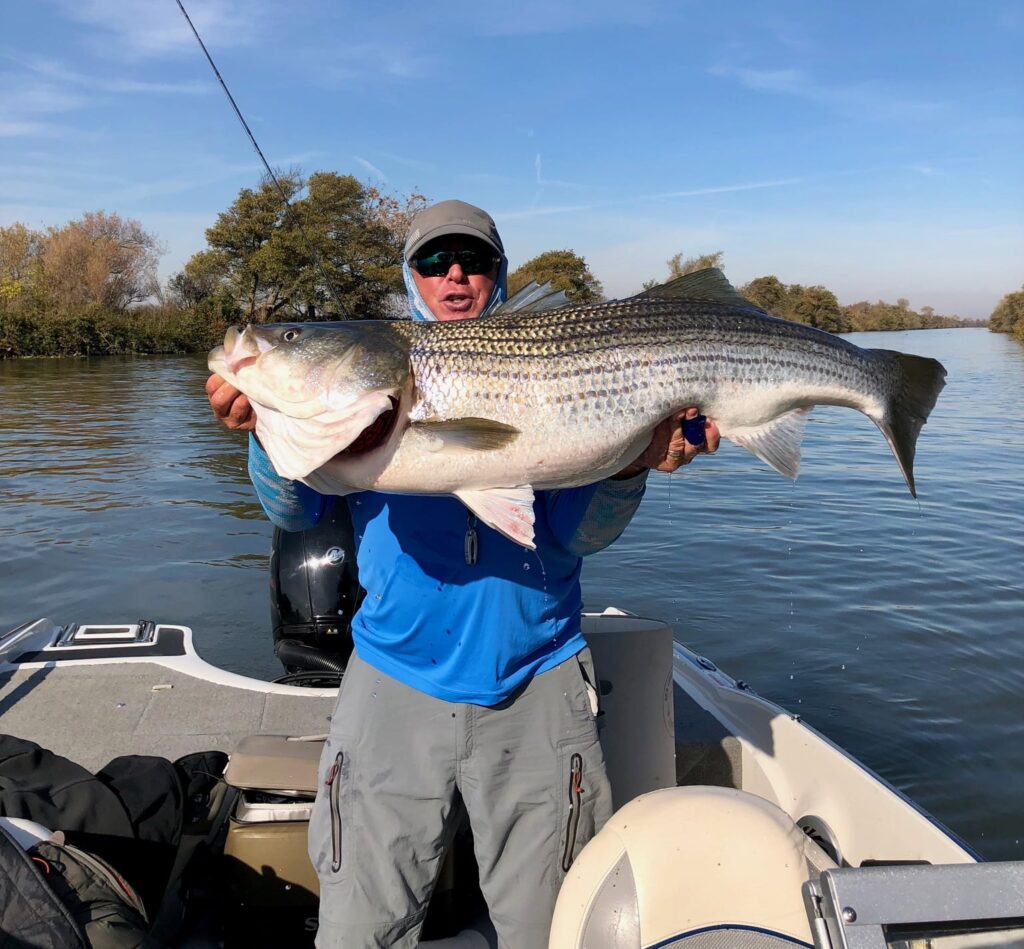
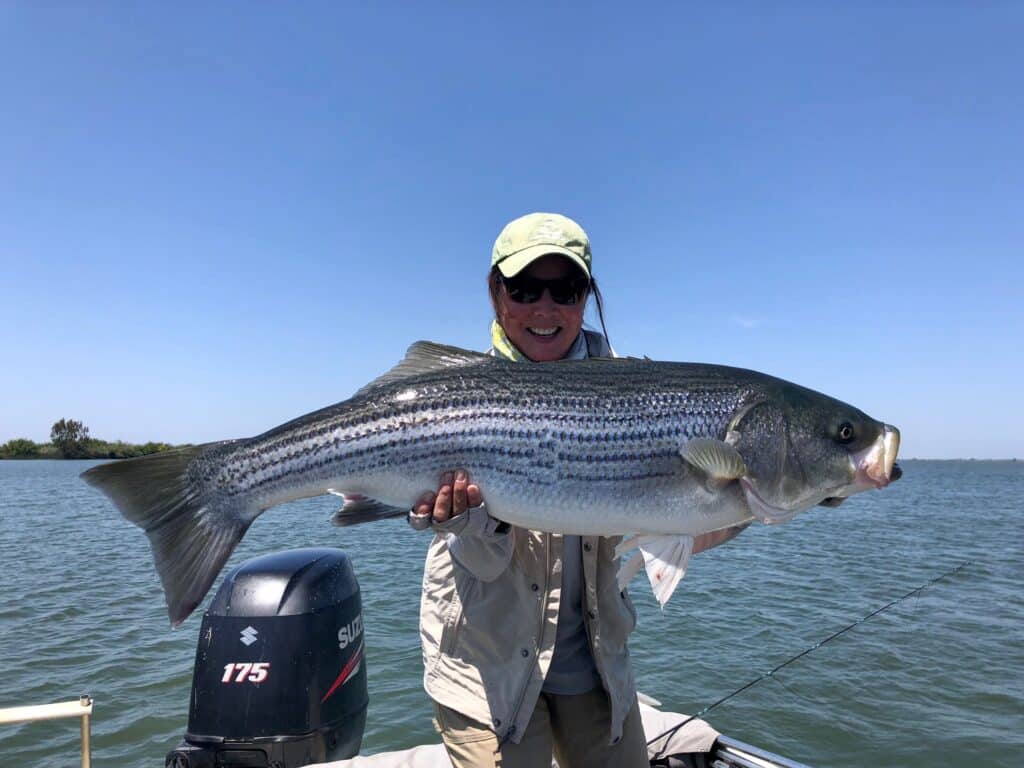
TECHNIQUES FOR FINDING DELTA STRIPERS
The most important advice I give to fellow Delta fly anglers is “keep moving.” Striper populations have fluctuated significantly over the last four decades, resulting in fewer fish available to anglers. As salmon and steelhead numbers have plummeted, so have striped bass populations, making it increasingly difficult to find large schools of quality fish. During the late 1990s to around 2010, areas such as Discovery Bay, Mildred Island, Franks Tract, Whiskey Slough, Sycamore Slough, Hog Slough, Snodgrass Slough, and many others routinely produced stripers, especially from October through April. Unfortunately, many of these famous Delta fishing spots are now devoid of fish.
Stripers can be caught in the Delta 12 months a year, with the typical migration happening in the late summer to early fall, when striped bass leave the Pacific Ocean and San Francisco Bay and travel up into the California Delta. Stripers will often follow the returning king salmon headed upriver to spawn, and generally they show up first in the West Delta. Under normal conditions, they will spend the late fall and winter in the Delta and then head up the rivers in the spring to perform their own spawning ritual, before returning to the ocean to feed. Unlike salmon, stripers do not perish after they spawn; in fact, they can live up to 30 years of age. Striped bass need fresh, moving water between 60 and 65 degrees to complete their spawn. The female deposits her eggs on the surface of the water, and male striped bass fertilize them. Within 48 to 72 hours, a tiny embryo is born. A 12-pound female can deposit as many as 200,000 eggs at one time. During high-water years in the Delta, stripers head further upriver to spawn. Most of the spawning occurs along the Sacramento River up near the town of Colusa. During low water years, stripers will spawn further down in the Delta.
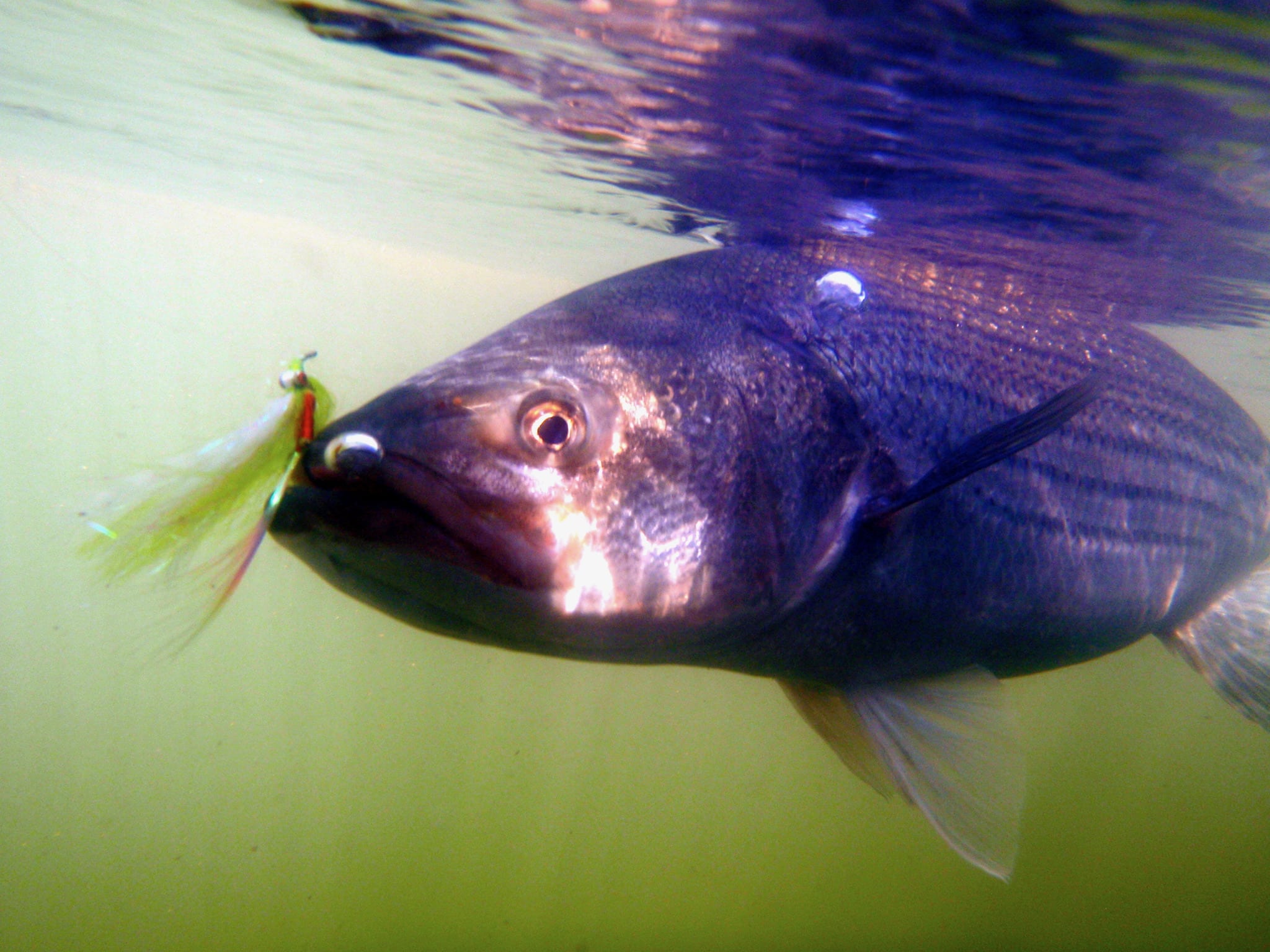
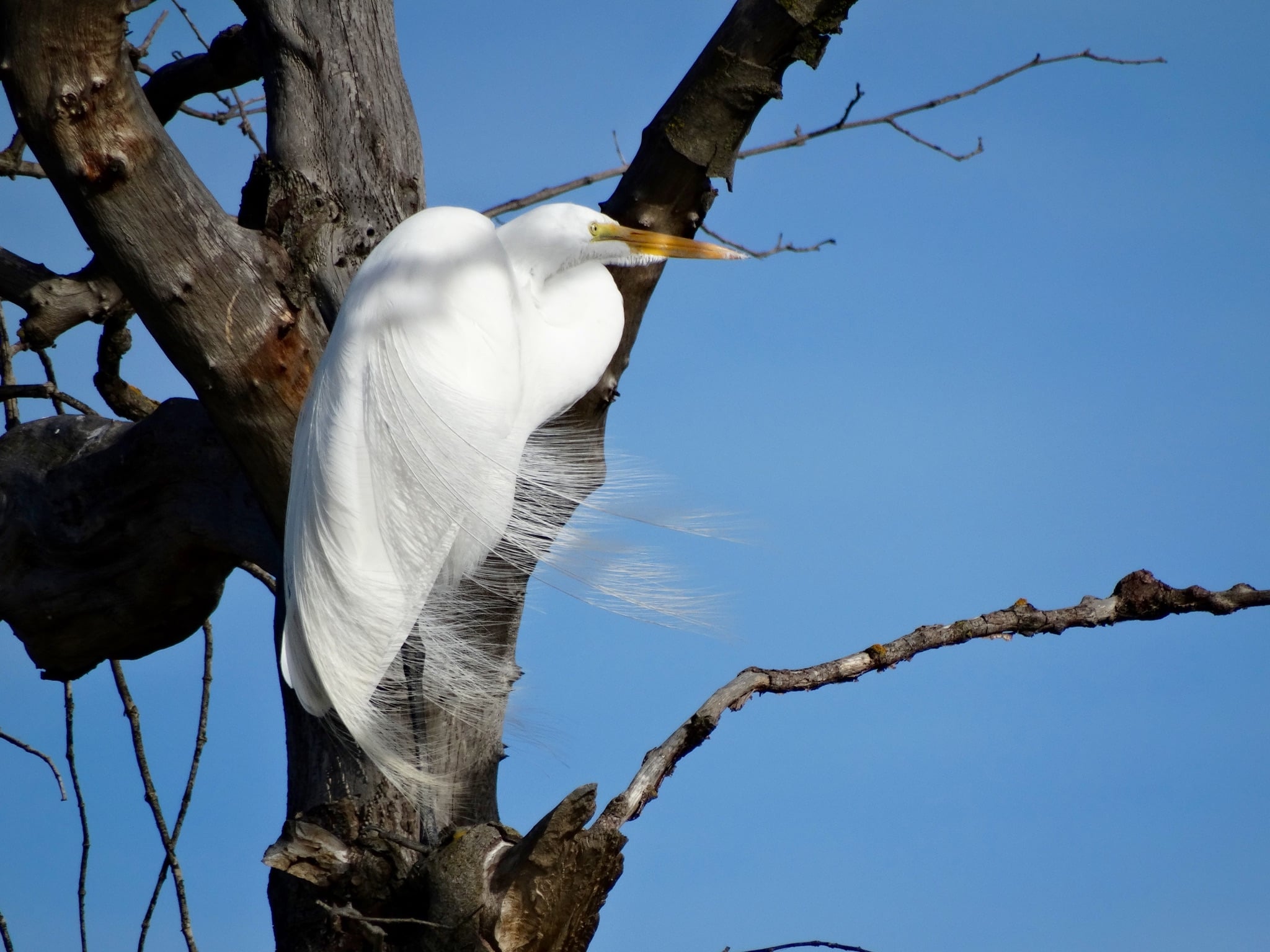
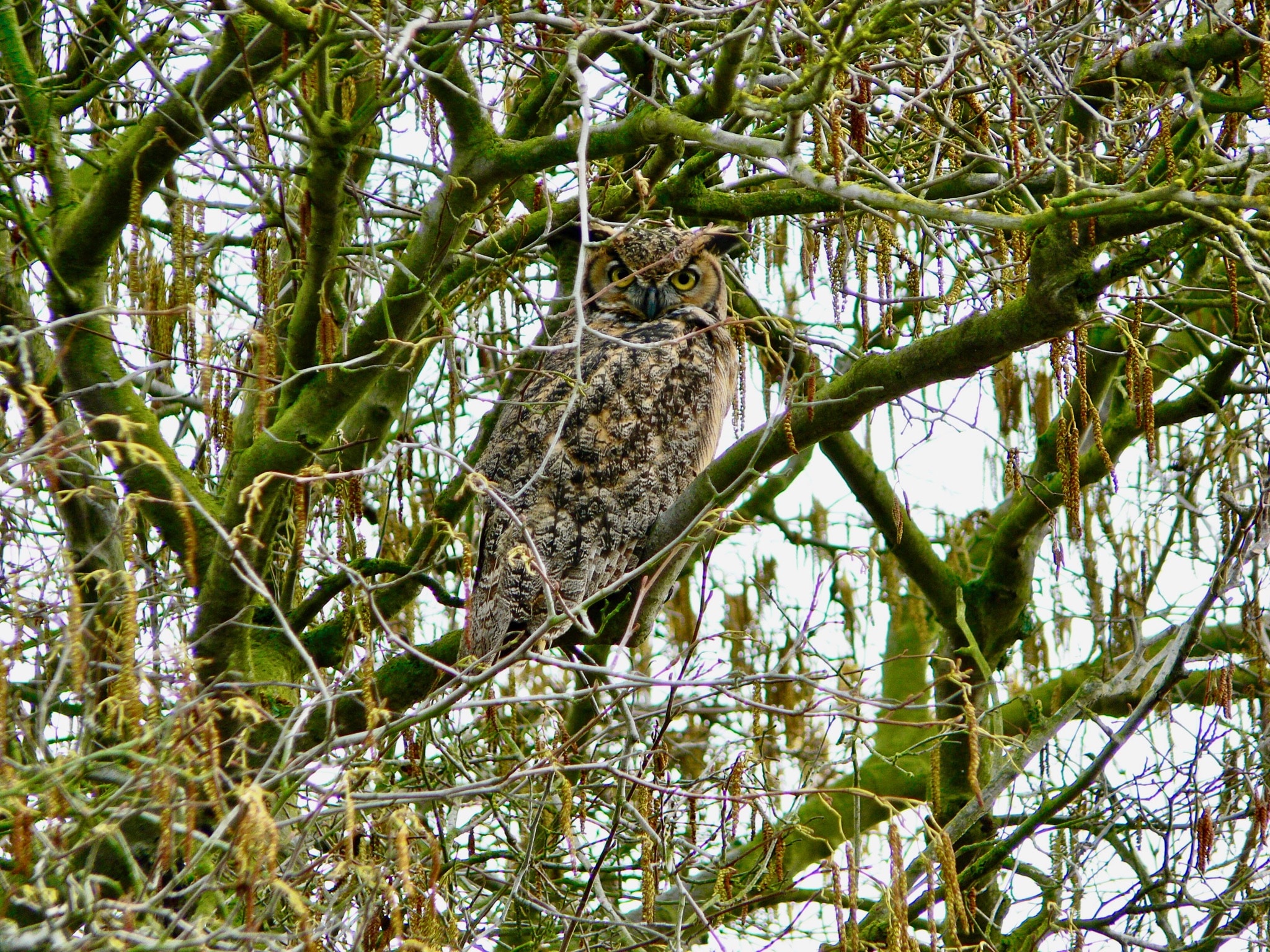
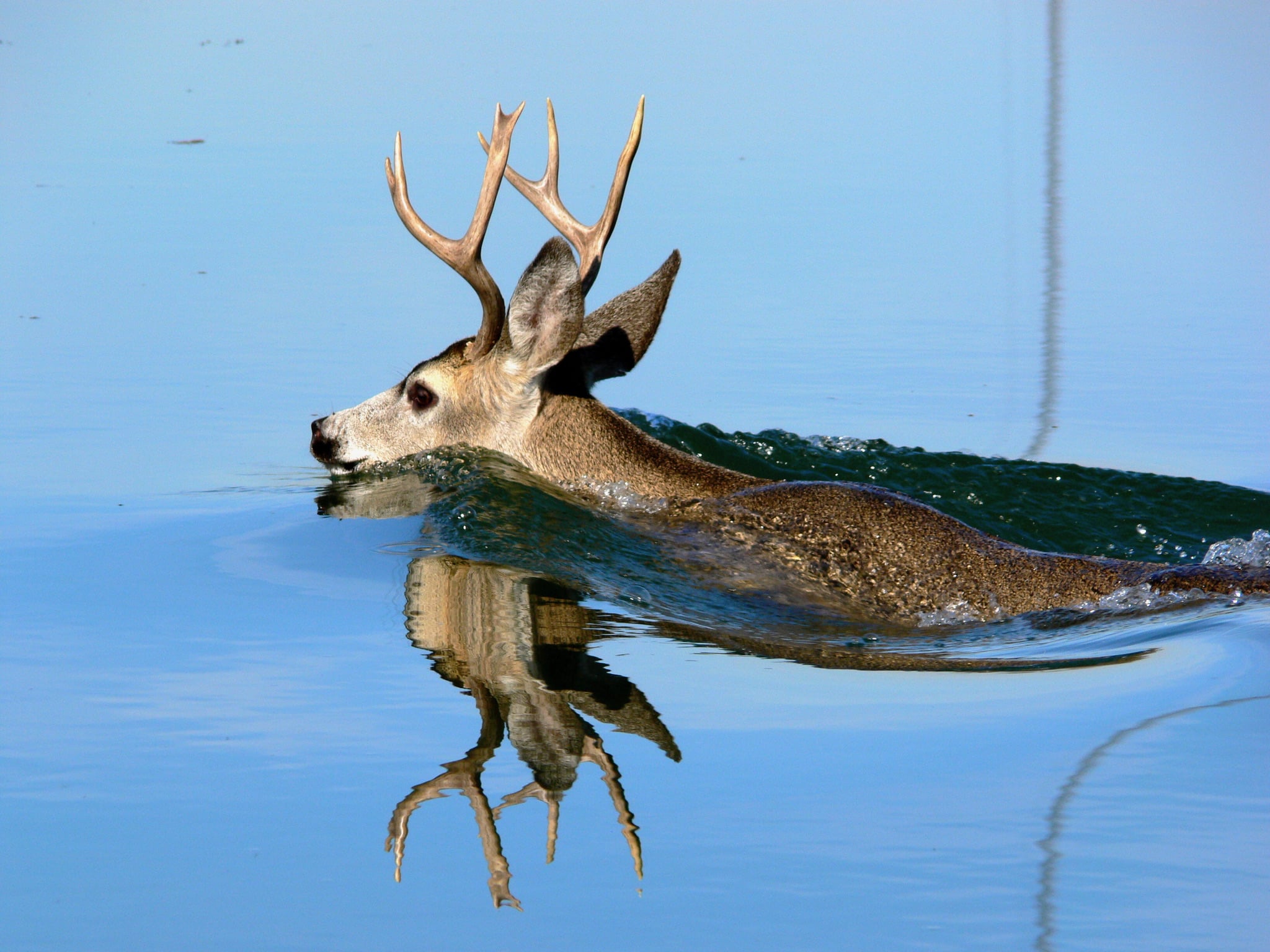
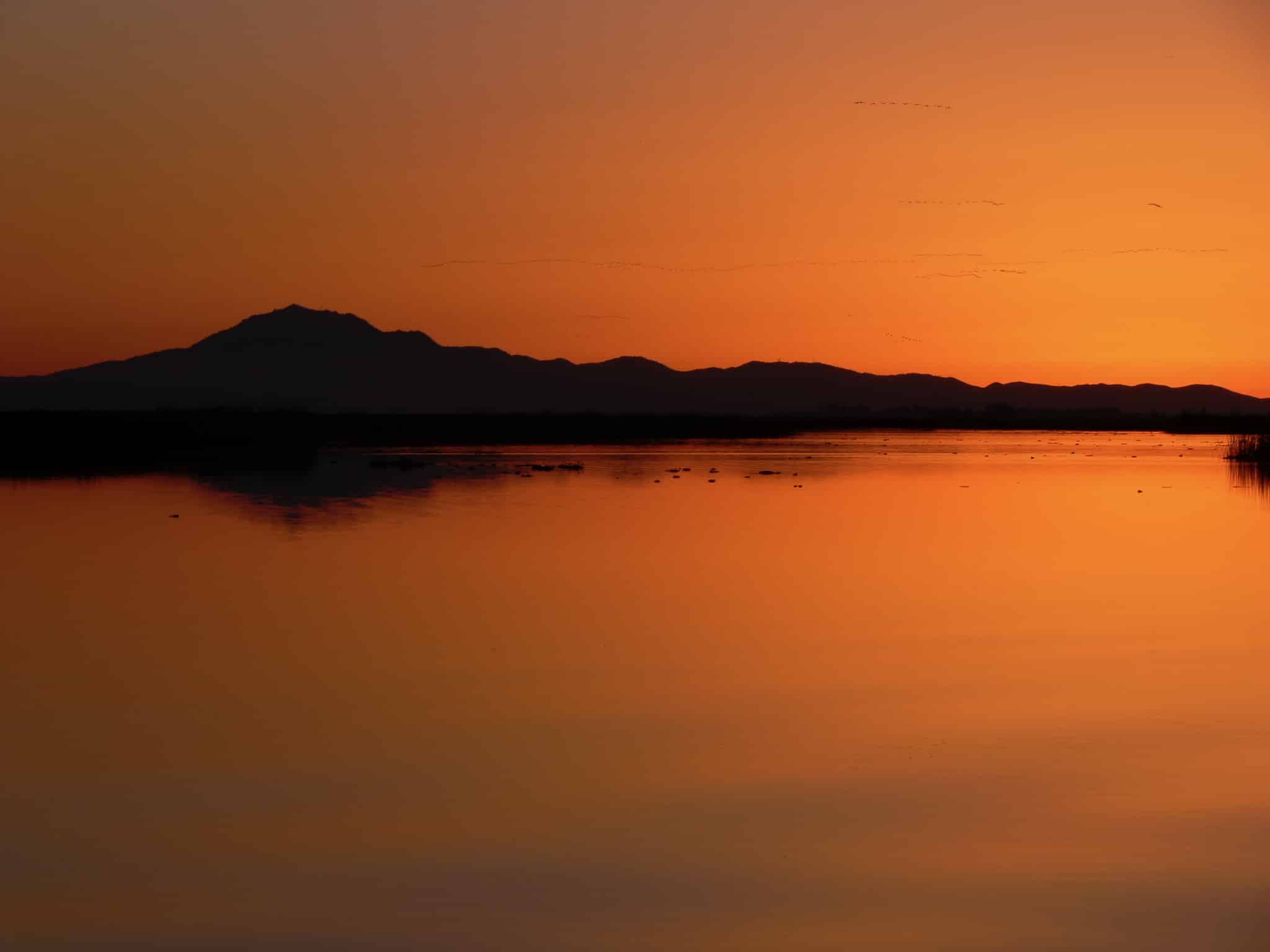
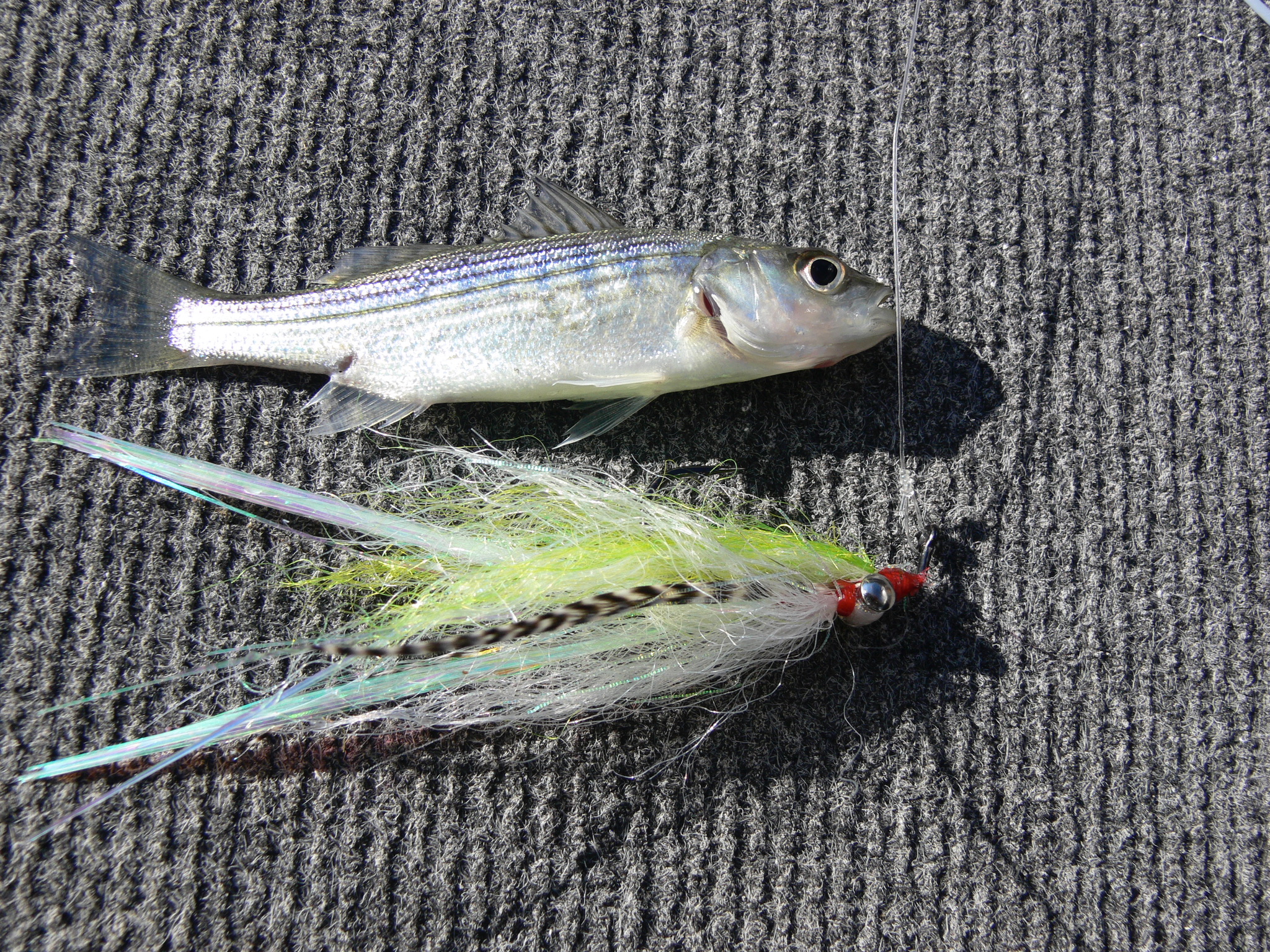
When I wrote the book Fly Fishing The California Delta back in 2010, I divided the Delta into five distinct regions. The West Delta comprises any of the water extending west from the Highway 160 Bridge out to Suisun Bay. It comprises many natural tule islands and channels, and it is where the San Joaquin River and the Sacramento River join up near the town of Pittsburg, before heading to the bay. The Delta water can be very brackish, especially during drought years when the saltwater pushes further inland. Areas such as Honker Bay, Broad Slough, and Sherman Lake provide the fly fisher with excellent angling opportunities.
The North Delta includes any water north of Highway 12, comprising both the Sacramento River and the Mokelumne River. On the Sacramento side, stripers can be found along Cache Slough, the flooded Liberty Island, Prospect Slough, the deepwater shipping channel, as well as Miner Slough and Steamboat Slough. Along the Mokelumne River side, Sycamore Slough, Hog Slough, and Beaver Slough can still provide some exciting fishing for Delta linesiders, while Snodgrass Slough and Lost Slough provide a glimpse of what the Delta was like a century ago.
The East Delta comprises the smallest area and makes up the water east of the San Joaquin River, from just below Venice Island heading south towards the port of Stockton. This part of the Delta delivers good striper fishing during late fall, winter, and spring months, especially along Disappointment Slough, 14-mile Slough, the mouth of the Calaveras River, and the Stockton Deep Water Port.
During the winter months, I can typically be found fly fishing in the South Delta, as this water can provide better clarity and have warmer water temperatures. Located south of the railroad bridge bordering Jones Tract and surrounding islands, it comprises Middle River and Old River, as well as Victoria Slough and Grant Line Canal. One of the highlights of the South Delta is the waterfront community of Discovery Bay, offering sheltered water from winds, it can harbor large schools of baitfish and hungry stripers. The South Delta also includes the pumping facilities for the California Aqueduct and the Delta Mendota Canal. During certain times of the year, these pumping systems will actually reverse the tidal flows, relocating both baitfish and stripers.
The Central Delta comprises the majority of the Delta, and is located along the San Joaquin River as well as Old River, Middle River, False River, and the mouth of the Mokelumne River. For a number of years, popular fishing spots such as Franks Tract and the flooded Mildred Island were cherished by Delta fly anglers. High percentage spots like Santa Clara and San Andreas Shoals, as well Sand Mound Slough and Big Break, continue to produce quality striper fishing. Generally, the Central Delta provides the fly angler with the best opportunities for chasing stripers. With its endless weed beds, channels, and rock levees, it is much easier to locate fish and get away from windy conditions.
Tidal flows are the most important factor in finding linesiders. During the full moon and the new moon, anglers will generally experience higher incoming tides and lower outgoing tides, while tidal action is less during the quarter moon stages. Every day, the tides are roughly 50 minutes later than the day before, and tidal flows can vary significantly from the West Delta to areas in the North, South, and East Delta regions. This allows anglers to target specific tides over the course of a day in multiple areas.
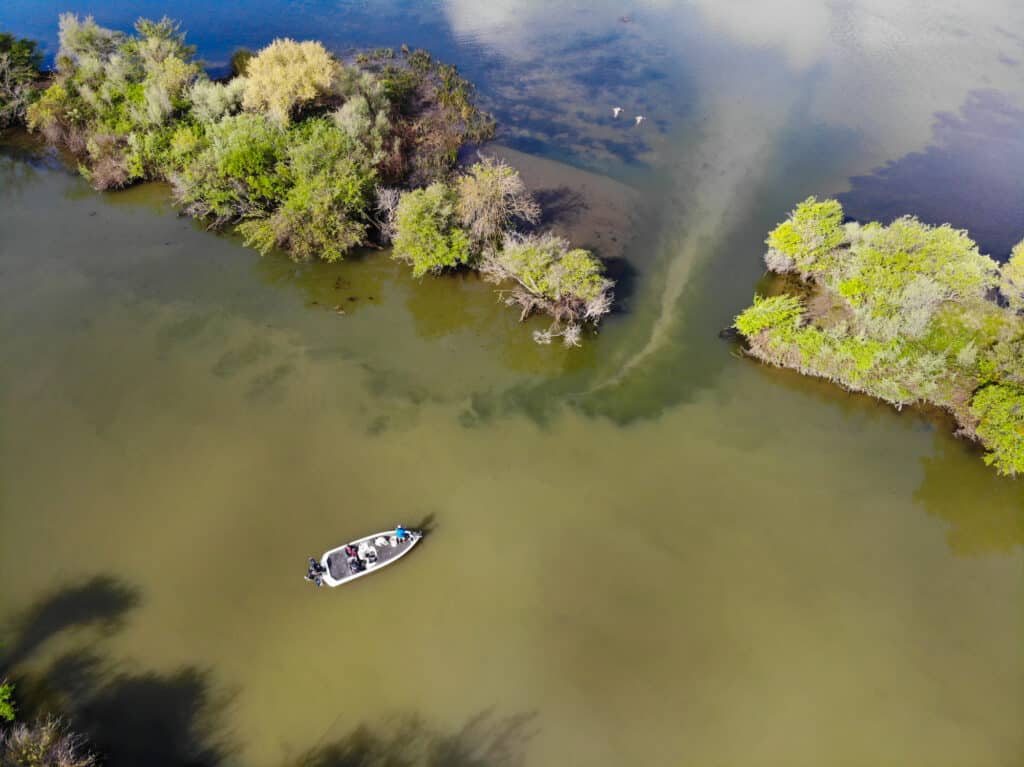
I am often asked what are my favorite tides to fish. My response is always the same: I have specific areas that I prefer during the incoming tide and others that I like to fish on the outgoing tide. What has changed over the last 30 years is the fish migration behavior. When baitfish are plentiful, stripers will herd their prey into dead-end sloughs and bays, and fly fisherpeople can follow the fish during the incoming tide and have great results. Most of my fishing today is done along shallow shoals and weed edges adjacent to deep water, where the first two hours of the incoming tide are the most productive.
In my opinion, the outgoing tide allows the fly angler more consistent fishing, especially at the bottom of the falling tide. As water drops in the Delta, baitfish and other food sources will get pushed out of the weed beds, shoals, and flooded islands, allowing them to be easy prey for feeding stripers. Tides can often vary as much as four feet from a flood tide to an ebb tide, presenting the fly angler with six to seven hours of prime fishing.
Water temperatures are also the key to experiencing great Delta striper fishing. During the early fall, water temperatures start to cool from the higher summer temperatures, causing striped bass to feed for longer periods of time. I routinely catch stripers when the water is in the low 70-degree range, but I prefer water temps in the low to mid 60s. During the middle of winter, water in the Delta can experience temperatures in the low 40-degree range, causing the striper metabolism to slow down and feed less frequently. From the end of January to early March, water temperatures can rise as much as 10 degrees, creating the perfect time to target Delta linesiders, especially when they congregate in big schools before their spawning migration.
FUTURE OF DELTA STRIPER FISHING
As I look back over the last 30 years of targeting stripers in this amazing fishery, I cannot imagine being anywhere else. Beginning my guiding career on the blue-ribbon trout streams in Colorado in 1990, I never could have imagined how much impact the California Delta and striped bass would have on my life. Every day I’m on the water is a new game I get to play with these remarkable fish, and after 7,000 days of guiding clients, I still can’t believe I get paid to do it.
Delta striped bass have faced many obstacles over the years, from poaching to being blamed for the demise of salmon populations—an accusation that warrants no merit, especially when stripers and salmon coexisted in the same ecosystem for over a century, with numbers that were at all-time highs. In my opinion, the main culprit for fish decline has been the water exports and water quality issues that continue to plague the Delta. Invasive plant and animal species have also affected the overall health of the Delta. And lately an abundance of California sea lions have decided to make their home in the Delta, constantly preying on all the fish species.
The silver lining is that this striper fishery can still provide fly fishers with some amazing angling memories. One hundred-fish days are still possible, and over the last decade, my clients and I have caught numerous stripers over 20 pounds, with two weighing in at 42 pounds. 2025 has been an outstanding year, with the best overall size of fish I have witnessed since 2016. Hopefully a prelude for what’s to come. The above-average rain and snowfall over the last three winters unquestionably contributed a positive impact on this ever-sustaining ecosystem.
Approaching the slicked-out skinny water, I feel like a young kid on Christmas morning, anticipation overload. I witness the giant wakes protruding along the surface 100 feet away and try to calm my nerves. The moment of truth is almost here. I am the hunter, and my prey is a school of trophy linesiders just off the port side of my boat. The line and fly shoot through the air, plopping down a few feet from my intended target. Instantaneously, there is an eruption just below the surface, as I am connected through rod, line, leader, and fly to a creature that has a special place in my heart. Yes, this is my obsession. Welcome to my little slice of heaven.
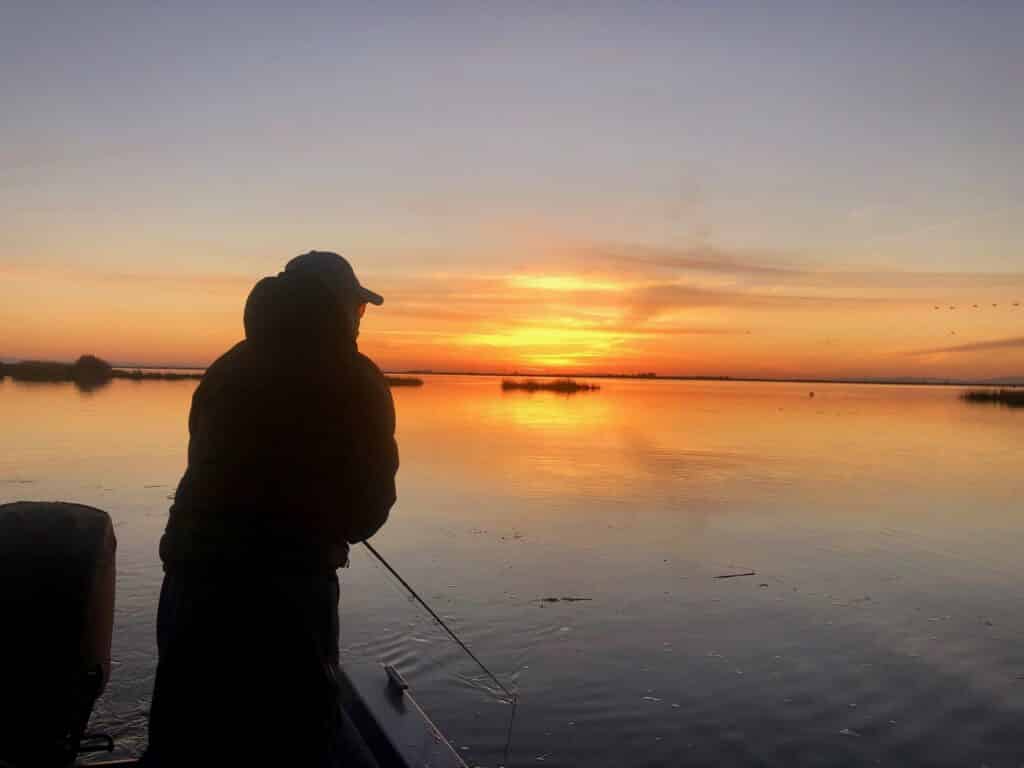
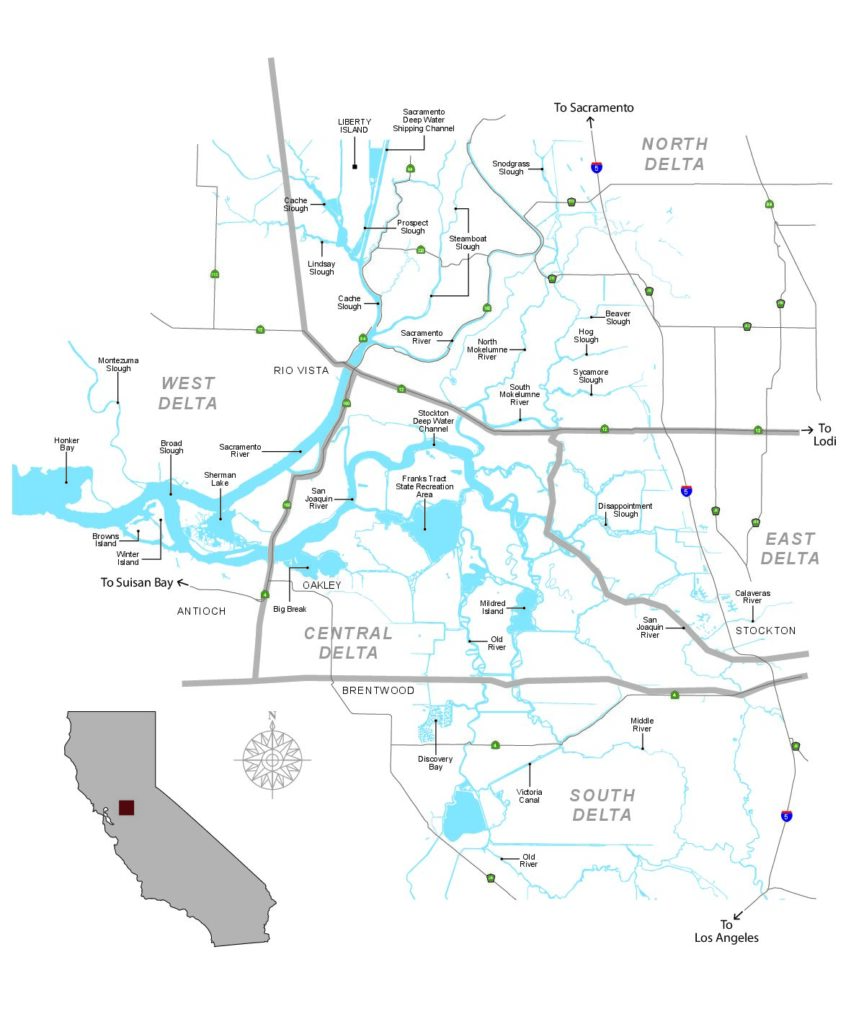
The Delta | Quick Guide
The Delta was California’s first National Heritage Area (NHA), receiving the designation in 2019. NHAs support historic preservation, natural resource conservation, recreation, heritage tourism, and educational projects through public-private partnerships.
Take some time to explore the Delta towns and their rich history, along with
your time on the water.
Camping
Brannan Island State Recreation Area, two miles south of Rio Vista
Reserve sites at Parks.CA.gov
Sandy Beach Park and Campground, south of Rio Vista, Reserve sites at SolanoCounty.gov
Lodging
There are many resorts and marinas throughout the Delta. Some to consider:
Vieira’s Resort, 15476 Highway 160, Isleton
Park Delta Bay, 922 W Brannan Island Road, Isleton
B&W Marina, 964 Brannan Island Road, Isleton
Tiki Lagoon Resort, 12988 McDonald Road, Stockton
Sugar Barge Resort & Marina, 1440 Sugar Barge Road, Bethel Island
Tower Park Marina, 14900 W. Hwy 12, Lodi
Appellation Wine & Roses Resort, 2505 W. Turner Road, Lodi
Fly Shops
Before heading to the Delta, drop by one of these helpful shops to gear up: Fly Fishing Specialties, 6360 Tupelo Dr., Citrus Heights, 916-722-1055
Lost Coast Outfitters, 540 Jackson St., San Francisco, 415-483-2278
CrossWaterCreek Outfitters, 3574 Mt. Diablo Blvd., Lafayette,
925-385-0101
Guides
Capt. Bryce Tedford, 206-696-2437
Capt. Toby Uppinghouse 916-505-4773
Capt. Andy Guibord, 916-722-1055
Capt. Ben Thompson, 916-743-8290
Capt. Chuck Ragan, 530-205-7851
Capt. Hogan Brown, 530-514-2453
Capt. Mark Pinto, 209-581-3474
Capt. Patrick McKenzie, 707-721-6700
Things to Do
Port Chicago Naval Magazine National Memorial – Visit the site of the worst home-front disaster of WWII. Reservations required. Tours depart from John Muir National Historic Site in Martinez
Town of Locke – listed in the National Register of Historic Places, it is the only town in the U.S. built exclusively by the Chinese Americans who built the Delta’s levees and ditches, going on to become farmworkers. Several museums, including the Jan Ying and Locke Boarding House Museum, can be visited for free along Main Street.
Foster’s Bighorn – Top spot for an apres-fishing meal or refreshment with spectacular taxidermy (250+!) adorning the walls.
143 Main Street, Rio Vista
Access Maps
The Fish “N” Map California Delta details boat ramps, roads, marinas, and campgrounds.
California Delta Waterways and Delta Fish Card from Frankos Maps offer colorful laminated reference maps.



